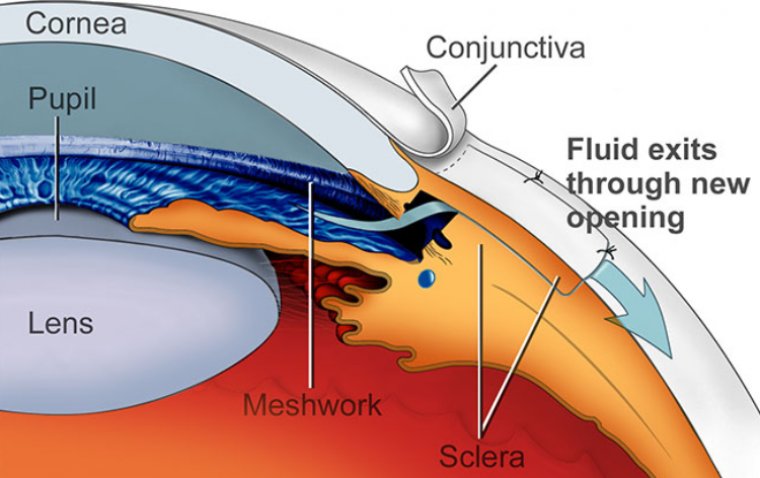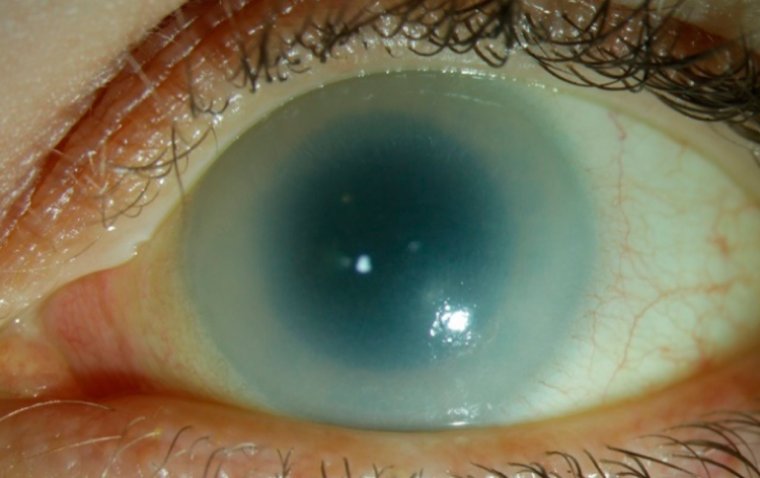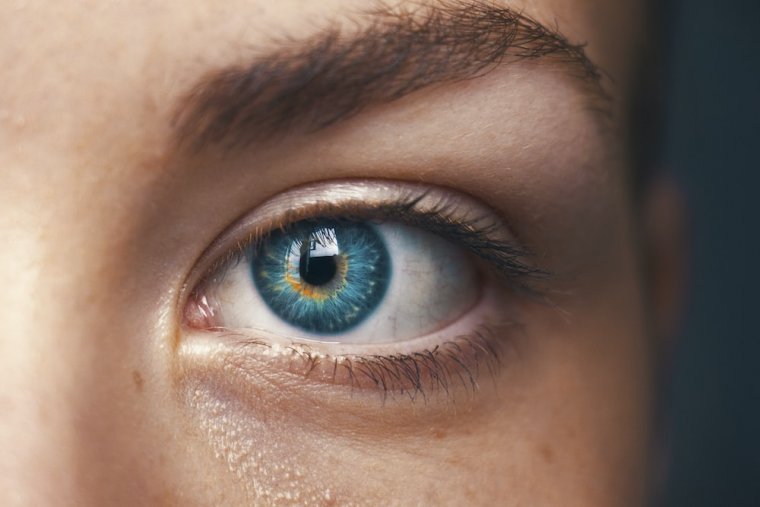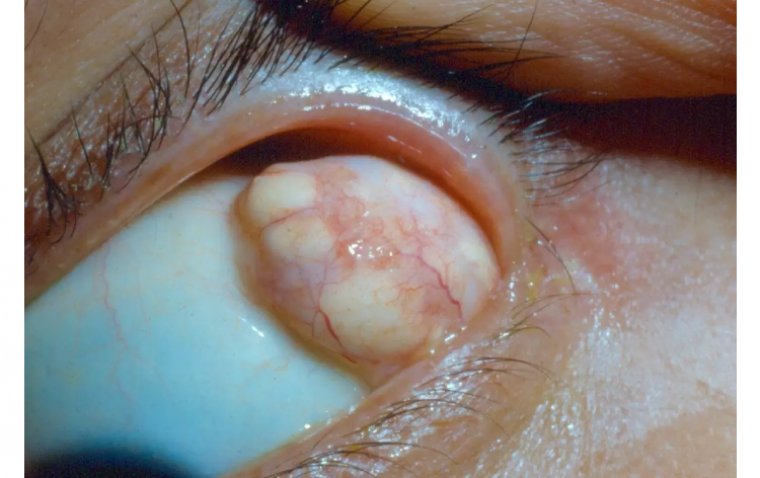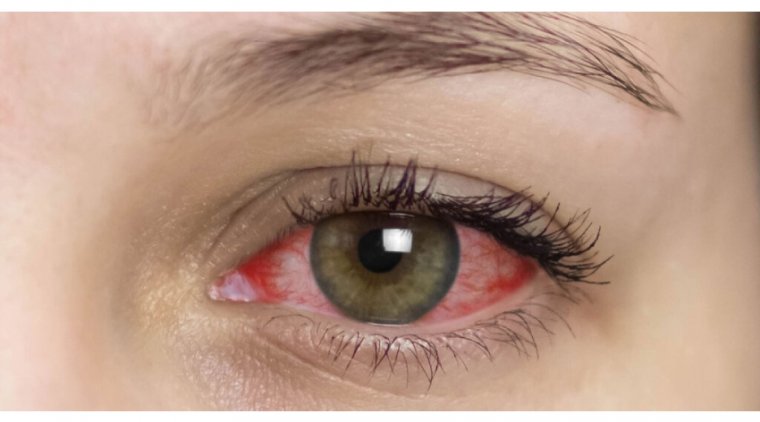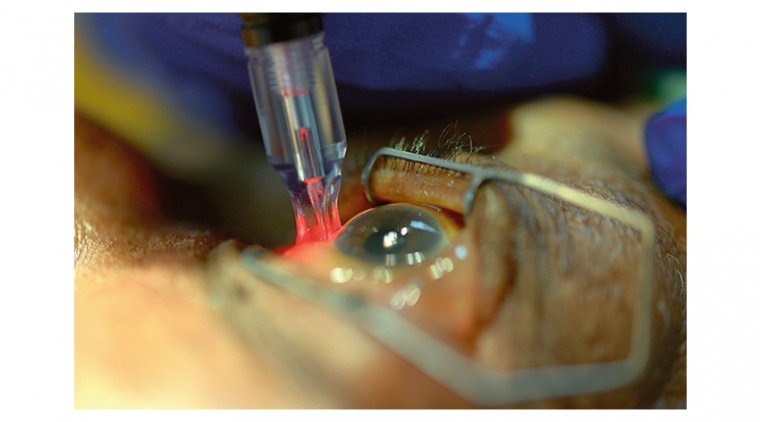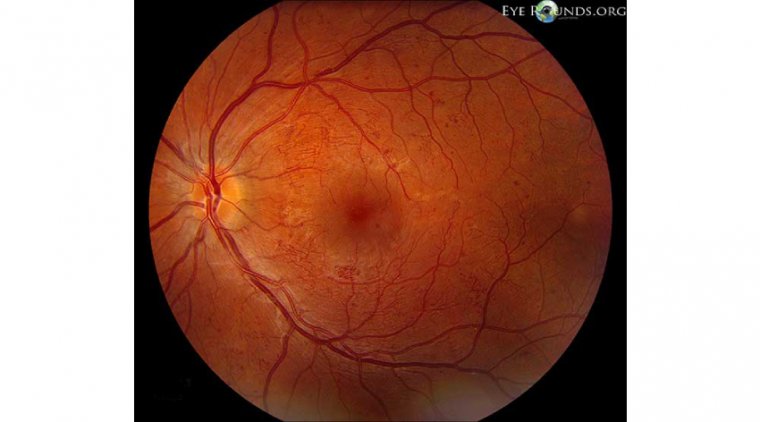
The Link Between Diabetes and Intraretinal Microvascular Abnormalities
An Introduction to Intraretinal Microvascular Abnormalities
Intraretinal microvascular abnormalities (IRMAs) are tiny blood vessels in the retina that deviate from their normal shape and size. These abnormalities are commonly found in people with diabetic retinopathy and can lead to vision loss and blindness if left untreated.
Intraretinal microvascular abnormalities (IRMAs) are considered a defining feature of severe non-proliferative diabetic retinopathy, according to the "4-2-1" criteria from the Early Treatment Diabetic Retinopathy Study (ETDRS). Compared to neovascularization (NV) in proliferative disease, IRMAs are slightly larger in caliber and have a more broad arrangement, and are always contained within the intraretinal layers. The presence of IRMAs indicates that the retinal blood vessels have undergone changes and can be an early warning sign of more severe retinal changes to come.
4-2-1 Criteria
The "4-2-1" criteria is a classification system developed by the Early Treatment Diabetic Retinopathy Study (ETDRS) to categorize the severity of diabetic retinopathy. The criteria are based on the presence and extent of retinal changes, such as microaneurysms, hemorrhages, and exudates.
The first number, "4", refers to the number of quadrants affected by the retinal changes. The second number, "2", refers to the severity of the retinal changes within each quadrant. The last number, "1", refers to the presence of pre-proliferative or proliferative diabetic retinopathy. The "4-2-1" criteria provide a standardized method for evaluating the severity of diabetic retinopathy, which helps guide the selection of appropriate treatments and monitor disease progression.
What Causes Intraretinal Microvascular Abnormalities?
IRMAs are most commonly caused by changes in blood sugar levels in people with diabetes. When blood sugar levels are elevated for a prolonged period of time, it can damage the tiny blood vessels in the retina and cause IRMAs to form. High blood pressure, smoking, and a family history of diabetic retinopathy can also increase the risk of developing IRMAs.
What Are the Symptoms of Intraretinal Microvascular Abnormalities?
In many cases, IRMAs do not cause any symptoms in the early stages. As the condition progresses, patients may experience blurred vision, difficulty seeing in low light, and floaters in their field of vision. In severe cases, IRMAs can lead to vision loss and blindness. Regular comprehensive eye exams are critical for early detection and treatment of IRMAs.
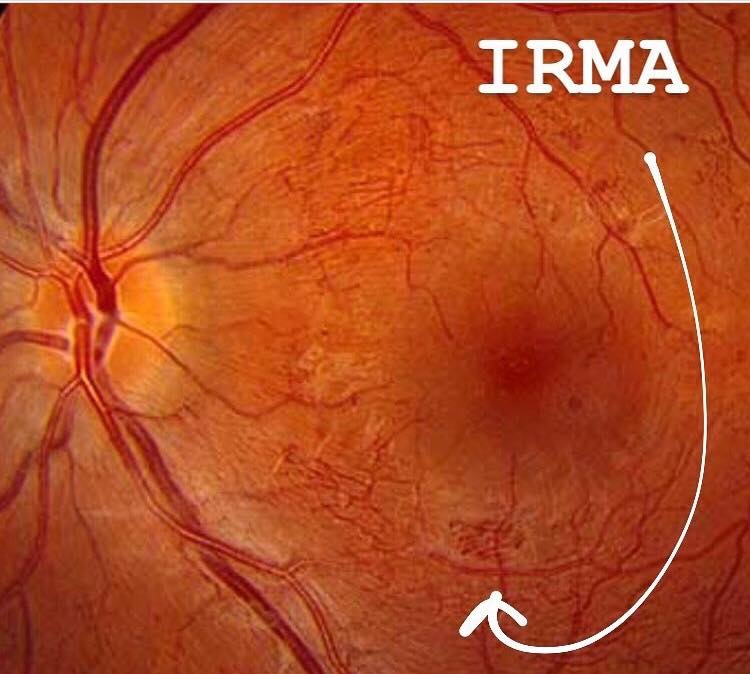
How to Manage Intraretinal Microvascular Abnormalities
Managing intraretinal microvascular abnormalities (IRMAs) requires a comprehensive approach that involves the following steps:
Monitoring blood sugar levels: The first step in managing IRMAs is to maintain good blood sugar control, as high blood sugar levels can worsen retinal damage.
Regular eye exams: Regular comprehensive eye exams are essential for early detection and management of IRMAs. This includes monitoring the progression of IRMAs and other retinal changes, such as neovascularization.
Treatment for diabetic retinopathy: Depending on the severity of diabetic retinopathy, treatment options may include laser therapy, intravitreal injections, or vitrectomy surgery.
Lifestyle changes: Making lifestyle changes, such as eating a healthy diet, exercising regularly, and quitting smoking, can help improve overall health and slow the progression of diabetic retinopathy.
Monitoring for other diabetes-related complications: People with IRMAs should also be monitored for other diabetes-related complications, such as nephropathy and neuropathy, as they can have a significant impact on overall health and vision.
(1).jpg)
